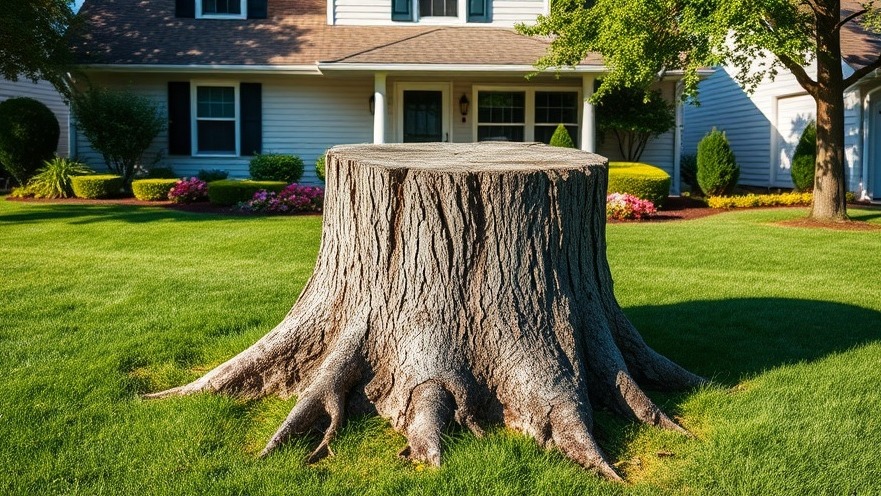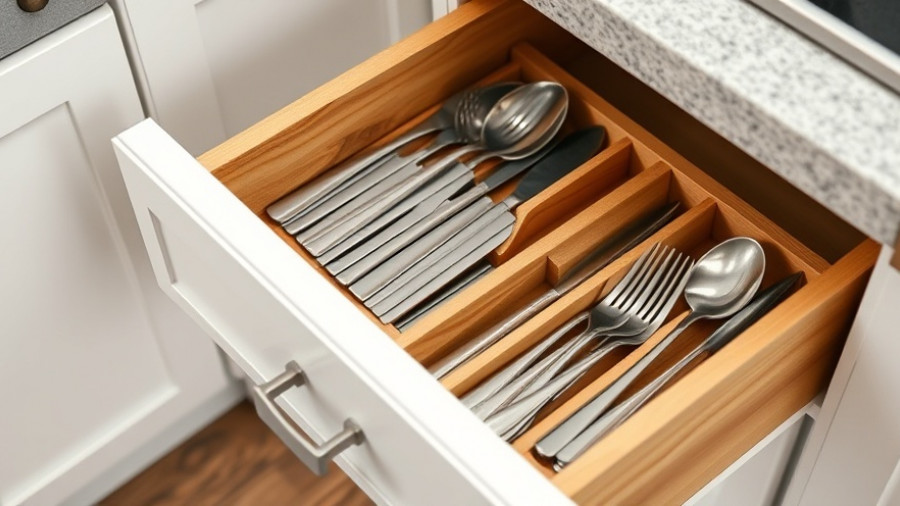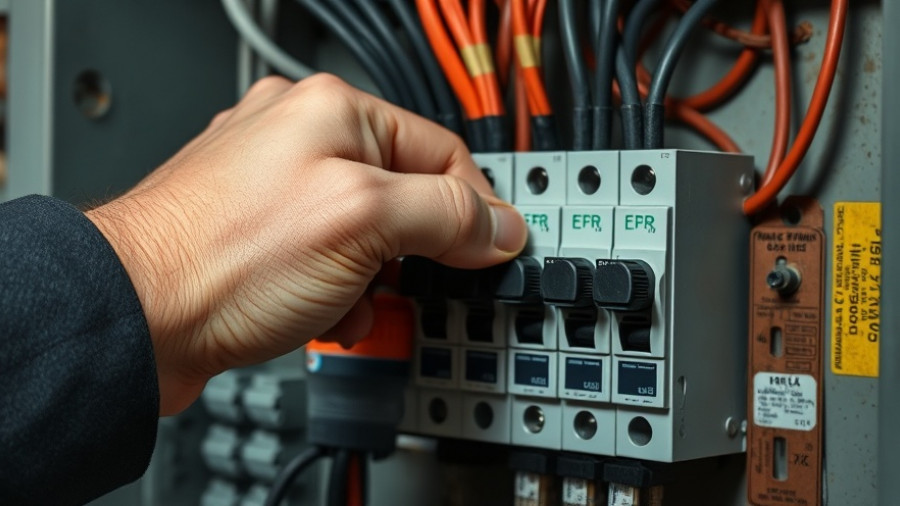
Transforming Your Backyard with DIY Stump Removal Solutions
Have you recently cut down a tree in your yard but now find yourself staring at an unsightly stump? If so, you're not alone. Many homeowners face the dilemma of how to efficiently and economically remove tree stumps once the tree is gone. Fortunately, there are a range of cost-effective methods you can consider. From simple DIY techniques to chemical solutions, let’s explore the most viable approaches to make that stump disappear.
Identifying the Cost-Effective Methods
The most common and immediate method to remove a stump is through grinding. However, this can be expensive as it requires hiring a professional with specialized equipment. For those of us looking to save some money, there are alternatives.
One viable DIY method involves digging out the stump and its roots, but this can become labor-intensive, especially with larger stumps. Before you reach for the shovel, consider whether you have the resources and energy for this task. If you’re open to patience and some effort, digging can sometimes be the most fulfilling option, as you’ll gain the satisfaction of a job well done.
Utilizing Chemical Solutions: A Less Labor-Intensive Option
If digging isn't your forte, you can turn to chemical stump removal compounds containing potassium nitrate. These chemicals hasten the decomposition of the wood. By drilling holes into the stump and pouring the compounds, you can cover it with a tarp and wait a few weeks. When the wood becomes spongy, it’s much easier to chop out. This method requires less physical exertion and can often be more effective than sheer muscle alone.
Safety Considerations When Burning Stumps
For older, dry stumps, burning can be a fast method for removal. However, this approach requires careful planning to avoid fire hazards. Always check local regulations regarding outdoor burning and employ safety precautions like ensuring the area is clear of flammable materials. Pre-treating the stump with a flammable liquid can help, but it’s crucial to proceed with caution.
Beautifying Your Home with Curb Appeal
Removing a stump isn’t just about eliminating an eyesore; it also paves the way for enhancing your yard's aesthetic. Once the stump is gone, consider transforming that space. Perhaps plant a colorful garden, create a cozy seating area, or even install a new fire pit using stackable stone blocks, which can be assembled quickly and easily, making backyard upgrades more accessible than ever.
Final Thoughts: Home Improvement Makes a Difference
In tackling the challenge of stump removal, not only do you reclaim your yard, but you also set the stage for enhancing the overall look of your home's landscape. Whether you opt for digging, chemicals, or burning, ensuring safety and environmental considerations are paramount. Remember, every project contributes to making your home the sanctuary you desire.
With the right tools and techniques, home enhancement becomes not only achievable but rewarding. So, roll up your sleeves, choose your method, and start transforming your space!
 Add Row
Add Row  Add
Add 




Write A Comment